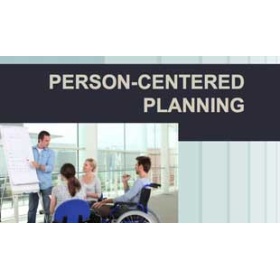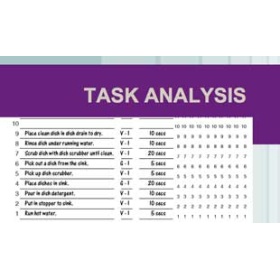Description
Don’t waste time and resources to set up strategies that can lead to inefficient learning or unneeded skills. Knowing how to train is important, but so is knowing what to train, when, and where. This web course will go over the steps needed to set training priorities for people with disabilities – behaviors needed for home, work, school and the community with the focus on skill development. We also carefully consider key elements of instructional design so that the location, trainer, setting, and materials are carefully considered and selected to provide the most effective and efficient result.
Credit Hours: 2 Download Course Log
Curriculum
INTRO TO EFFECTIVE TRAINING
- Effective Training 1
- Effective Training 2
- The Many Elements of Training
- Elements of Training
RECOGNIZE INEFFECTIVE TRAINING
- Moving on from Ineffective Training
- Question Training Goals
- Breaking Assumptions
- The Golden Training Rule
Good Support Equals Success - Avoid the Readiness Trap
WHEN TRAINING IS NEEDED
- When Training is Needed
- Adding Information
- Avoid Dependence
SETTING PRIORITIES
- Setting Training Priorities
- Impact on Life
- Goals
- Preferences
- Final Thoughts on Priorities
GOAL CONSIDERATIONS
- Avoid Rigid Curricula
- Flexibility
- Functionality
- Interaction on Functionality
- Time Considerations
REVIEW
TEACH, ADAPT OR SUPPORT
- Interaction: What Goal
- Teach, Adapt or Support
ADAPTATIONS
- Adaptation to Task
- Adaptation to Setting
- Two Approaches
- How Adaptations Work
- Using Adaptations Effectively
- Adaptation Interaction: Difficulty Using a Knife
INSTRUCTIONAL SUPPORT
- Instructional Support Types
- Support
- Considerations
SETTINGS AND INSTRUCTOR
- Deciding the Training Setting
- Train Where the Skill is Used
- Train with Competent Models
- Train in Natural Settings
- Determining Who Will Train
- Staff or Natural Setting
- Natural Training
- Features of Natural Training
CONCLUSION
- Conclusion: Training & Support Plan
- Strategies
- Needed Skills Should Not Prevent Community Life







